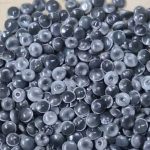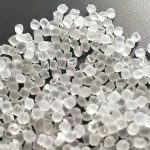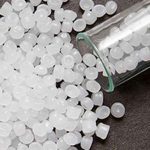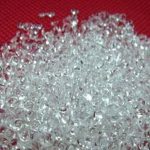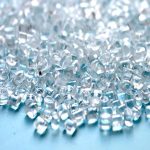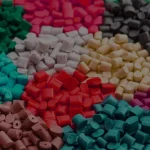Polyethylene
Introduction
Polyethylene is a thermoplastic (warmed, chilled, and rewarmed without demotion) and is one of the world’s most popular plastics. This substance has most characteristics, such as impact resistor, chemical resistor, and high elasticity, which has led to 34% of the world’s plastics from this substance. There are several varieties of PE used for numerous purposes.

Types of polymers
High-Density Polyethylene (HDPE)
Low-Density Polyethylene (LDPE)
Linear low-density polyethylene (LLDPE)
Description
Asphalt Cutback MC250 is used to insulate surfaces, block capillary voids, coat and bond loose mineral particles.
Current common applications are in infiltration prime coatings and the production of patching or storage mixtures. Cutback asphalt used in mixing with aggregate usually contains a bonding agent to help coat the surface of the aggregate.
Specifications of MC-250 cutback bitumen:

Gallery
